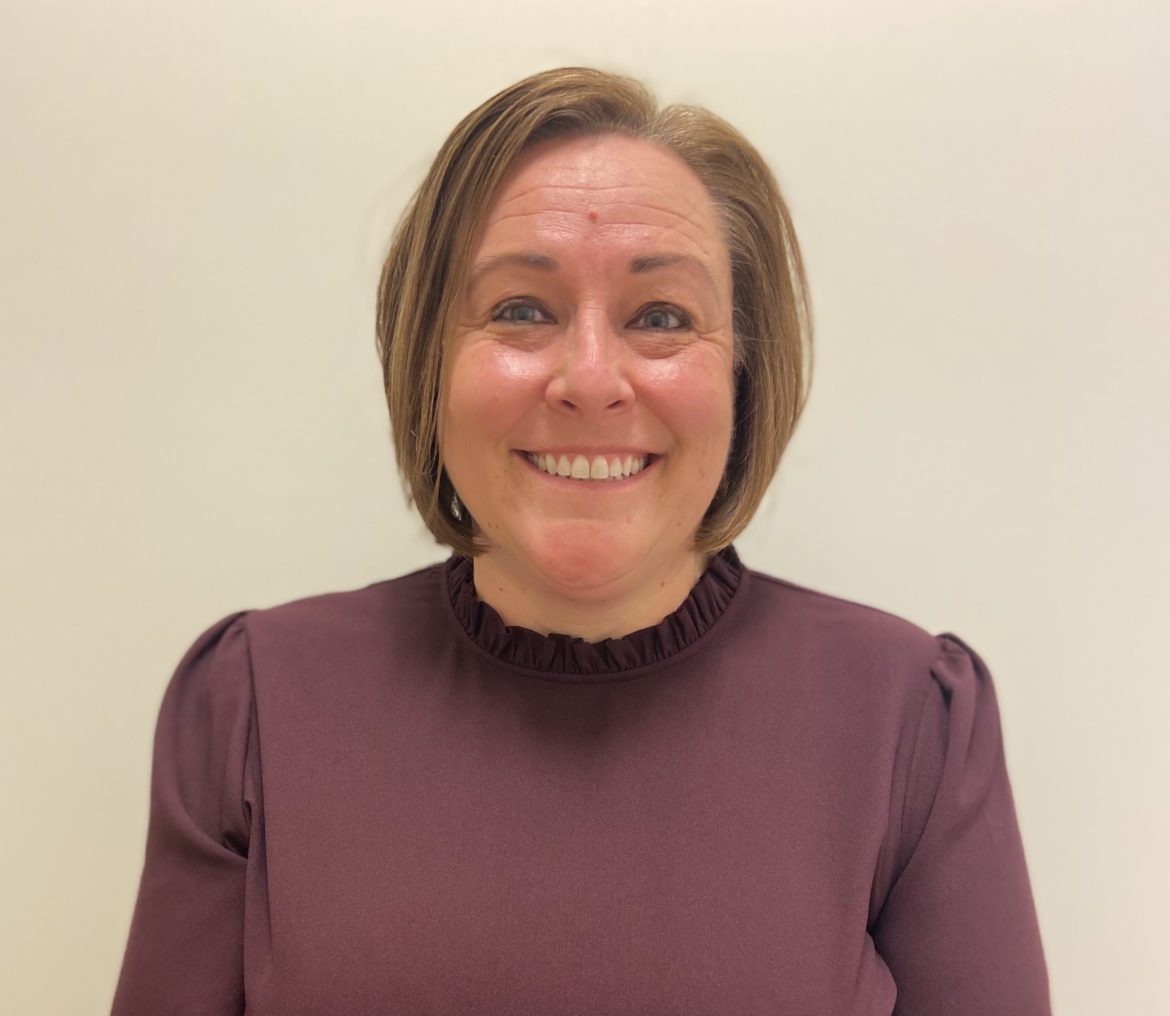
Jessica L. Dyer
Ridge View Community School
Dexter, Maine
jdyer@aos94.org
Best Practices
1) I strive to be an educational leader for the staff at Ridge View Community School. It is my goal to instill a unique balance of support, guidance, and challenge that empowers teachers and staff to strive for and demonstrate excellence. My support goes beyond an “open door policy.11 My door is always open, but I am rarely simply sitting in my office. I seek out staff to check in and offer support and guidance in the classroom. I help to brainstorm creative solutions to challenges, I listen first to truly understand, and will facilitate difficult conversations when necessary. I was part of an administrative team that was integral in implementing Restorative Practices in our school for students and staff, and assisted in creating the teacher observation and evaluation model. I consider my second most important role (the first being the safety and well-being of students) to be a reliable and strong mentor to staff. I strive to lead by example and be a role model for our staff. I try to attend as many curriculum trainings and professional development sessions as possible so I have a firm grasp of teacher and student challenges and expectations. In the time that I have been an assistant principal at Ridge View Community School we have had two principals and middle level 5-8 assistant principals. I have been a constant to the school community through those transitions, as well as helping new administrators learn the ins and outs of a new school. You will read in the attached letters that I have earned the trust of teachers at all grade levels and every content area.
2) Another skill that I have is my ability to manage even the most challenging students. I’ve often said, “They’re my favorite kind of kid!” I seem to be drawn to them and the feeling is typically mutual. I learned long ago that the best way to support and help a child in crisis is to listen, learn, and notice even the tiniest of strengths and to build from there. It is a rare occasion that I cannot deescalate a child who is in fight or flight mode. I have attended many trainings on childhood trauma and how it impacts students and student learning. It is my goal that EVERY child feels safe and protected while in my school. I believe that because students do feel safe and protected, we may see some escalation in behavior at school. They know that I (and my team) will love them through it, give them space, and keep them safe. In the end they know that we still care about them … no matter what! I use several techniques to support students who are struggling emotionally and/ or behaviorally. I am Safety Care trained. This training has probably been the MOST beneficial to me and my practice as an assistant principal. Yes, I am trained how to safely restrain a child, if necessary. However, the most impactful part of that training is the de-escalation training. I have found that if those techniques are utilized then restraints will not be necessary. The key is learning what makes a child “tick” and using it to engage them in positive communication. I have yet to meet a child, that when escalated and given the time to de-escalate and process the emotions and feelings related to that incident, who can’t and won’t take responsibility for their actions and do whatever it takes to repair any harm he or she may have caused. Using the skills I’ve acquired in Restorative Practice training, I help students recognize the harm of their behavior, take ownership and repair the harm with the teacher and classmates. My good friend, who is our school social worker often refers to this scenario as “hugging a porcupine.” I’ve hugged a lot of porcupines in my day. I’ve come to love those porcupines!


